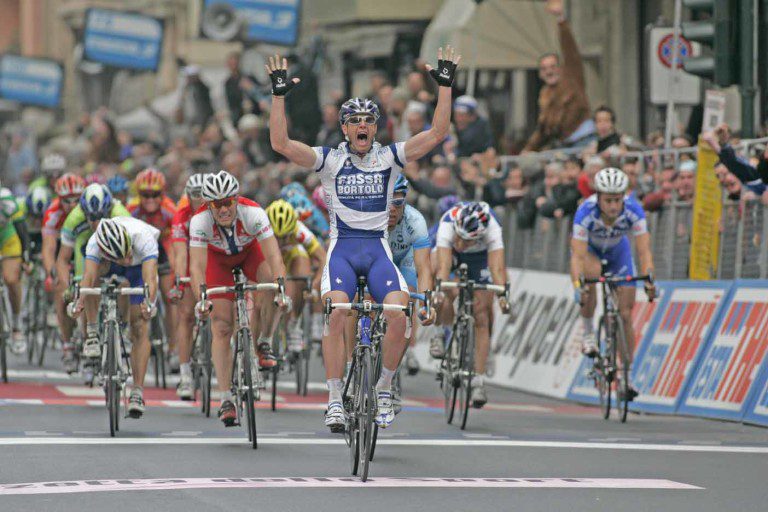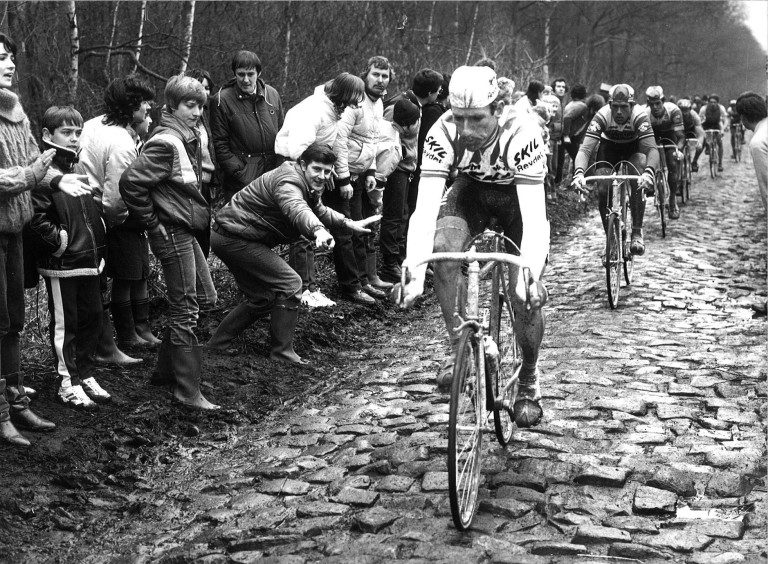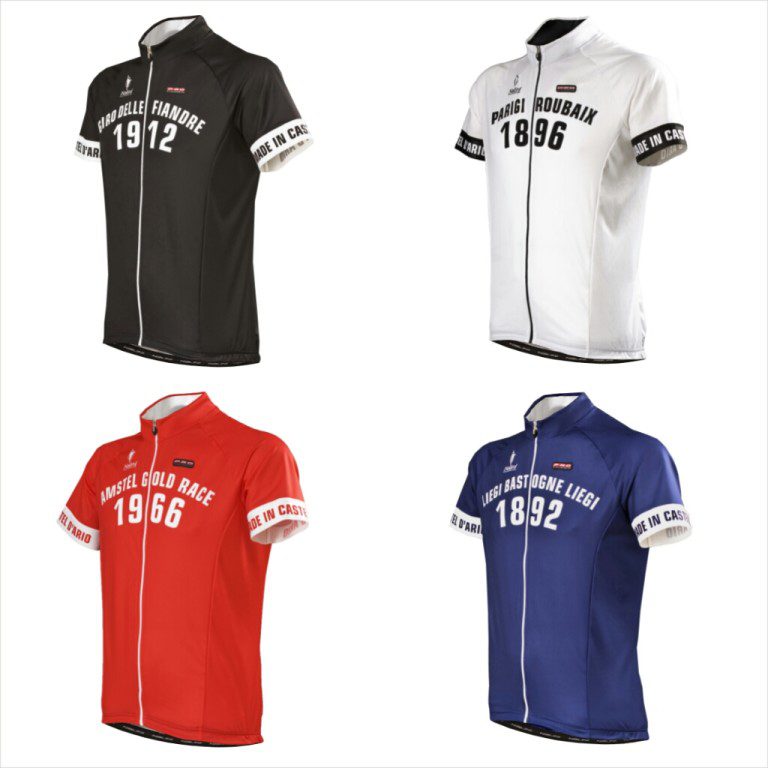It’s a question that you’d think would have a straightforward and definitive answer. But it doesn’t. Debating what makes a Classic – and what doesn’t – is all part of the folklore.
What is a Classic? There are a few essential ingredients. It needs to a one-day race. And it needs to have been going for an impressive amount of years. It needs to have taken place at same time of year and in the same area.
There is an extra ingredient required but it is a undefinable ingredient – prestige.

What aspects of a race people choose to accept or define as being prestigious is the problem with The Classics. It’s also a big part of its enduring appeal.
There is no definitive list of The Classics. There never will be. There is nothing official about The Classics. No one runs The Classics. The list of Classics is owned by cycling fans. Cycling fans can’t agree on anything for very long.
You could just about get most cycling fans to agree that there are four unarguable Classics:-
- Milan – San Remo
- Tour of Flanders
- Paris – Roubaix
- Liege – Bastone – Liege
Outside of these four icons you’ll find loads of arguing the toss as to what else is – and isn’t – a Classic.
Even the relatively recent gathering of races called The Five Monuments fails to satisfy every cycling fan. The Five Monuments includes the four races mentioned above but then also includes the Giro di Lombardia which some people would say doesn’t have as much prestige or clout to qualify as a Classic.
Season openers and cobbles
Then there are those folk who try – and have succeeded to some degree – to get relatively new races accepted into The Classics listings. We’re talking about the races that are the Season Openers. I mean really? The Gran Premio della Costa Etruschi? It began in 1996 for gawd’s sake. And yet there it is on some people’s Classics list. I blame Mario Cipollini. Well, it does seem to be that a big force in the ever increasing list of (would-be) Classics comes from Italian cycling fans and media.
The recent surge in interest in cobbled Belgian races has seen a lot of newer cycling fans considering pretty much any race involving a bit of pavé as a Classic.
You can’t force a Classic status. Classic status comes about with having mass organic support. Classic status is granted by the cycling fans. This anonymous mass is fairly impervious to influence. It’s chaotic and it can’t be controlled.
About the only thing that the majority of cycling fans can agree on is that any list of The Classics should only really contain about six races. Any more than that and it starts to make a mockery of there being Classics in the first place. If you make every race special then no race is special.
What’s so good about The Classics anyway?
They don’t change. Well, they don’t change much. The fact that they don’t change much is the key their importance and significance. They are a constant measure – a ruler – for assessing the present and remembering the past. The Classics are a way of seeing how modern day riders – and their bikes – compare to riders from the past.
The Classics are also usually lots more immediate and entertaining than the Grand Tours. Where Grand Tours are more like listening to an album, a Classic is more like listening to a single. Grand Tours are test match cricket, Classics are like Twenty-Twenty.
Classic racing is a lot more about the efforts and tactics of individual riders as opposed to group team work. And as such, Classics are a lot more unpredictable than a Grand Tour stage.

It’s the riders who make The Classics
Perhaps the best thing about The Classics is that they always seem to be won by riders who are actually skilled bike riders. Riders who are actually interesting. Riders who are actually a bit funny in the head. They aren’t just super-fit robots.
A list of Grand Tour winners contains some right old dull riders in there. Whereas a list of Classics winners is stuffed with personalities.
Complete list of The Classics
This is the longest list possible of races that can be argued to be part of The Classics. It’s not what we necessarily believe to be the ‘correct’ list!
GP d’Ouverture La Marseillaise, France, January 31st 2016
Gran Premio della Costa Etruschi, Italy, February 7th 2016
Omloop Het Nieuwsblad, Belgium, February 27th 2016
Milan – San Remo, March 19th 2016
E3 Harelbeke, March 25th 2016
Gent – Wevelgem, March 27th 2016
Trofeo Cala Millor-Cala Bona, Spain, March 27th 2016
Tour Of Flanders, Belgium, April 3rd 2016
Paris – Roubaix, France, April 10th 2016
Liege – Bastone – Liege, Belgium, April 24th 2016
Amstel Gold Race, Belgium, April 17th 2016
La Fleche Wallone, Belgium, April 20th 2016
Clasica de San Sebastian, Spain, July 30th 2016
Coppa Ugo Agostoni, Italy, August TBA 2016
Tre Valli Varesine, Italy, September 27th 2016
Coppa Bernocchi, Italy, September TBA 2016
Paris – Tours, France, October 9th 2016
Milano – Torino, Italy, September 28th 2016
Giro del Piemonte, Italy, September 29th 2016
Giro di Lombardia, Italy, October 2nd 2016

